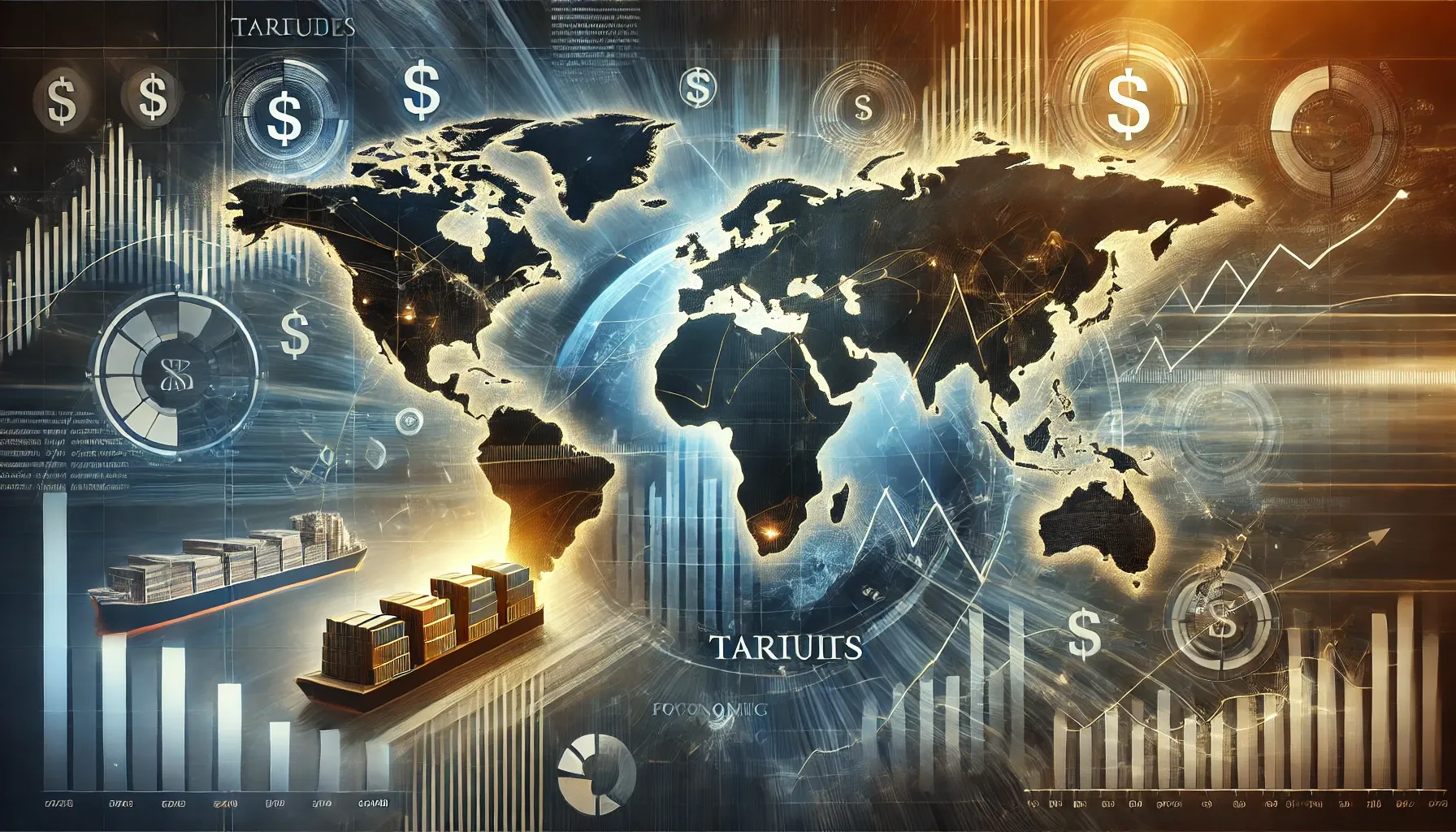UPSC
Indian Express Concise
Trump’s Tariff Strategy: Economic Rationale and Risks
Last Updated
31st March, 2025
Date Published
31st March, 2025
Share This Post With Someone

Context:
Published on March 30, 2025, in The Indian Express, this article analyzes U.S. President Donald Trump’s affinity for tariffs as an economic tool in his second term. It explores his motivations, the anticipated global impacts, and the contentious debate among economists regarding their effectiveness, providing a critical perspective as of early 2025.
Key Points:
- Trump’s Tariff Announcement: On April 2, 2025, Trump plans to impose “reciprocal tariffs” on major trading partners, branding it “Liberation Day” for the U.S. economy.
- Economic Motivation: Aims to address the U.S.’s trillion-dollar trade deficit, driven by an overvalued dollar due to its status as the global reserve currency.
- Global Uncertainty: Lack of clarity on tariff calculations—whether subsidies, tax incentives, or non-tariff barriers will be included—creates confusion for policymakers and investors worldwide.
- Potential Market Impacts: Tariffs could disrupt stock markets, gold prices, currency exchange rates, and real estate, affecting economic growth, inflation, and interest rates globally.
- Trump’s Argument: He claims foreign countries pay tariffs, not U.S. consumers, and that they won’t fuel inflation, instead boosting U.S. revenue and demand.
- Advisor’s View: Stephen Miran, Trump’s appointed Chairman of the Council of Economic Advisors, argues tariffs reallocate global demand to the U.S. and offset the cost of the dollar’s reserve status.
- Counterarguments: Mainstream economists, like Mary Amiti (Federal Reserve Bank of New York), assert U.S. consumers and firms bear tariff costs, as evidenced by higher inflation during Trump’s first-term tariffs.
- Krugman’s Critique: Nobel laureate Paul Krugman dismisses Trump’s economic advisors’ claims as biased, likening their arguments to a drunkard using a lamppost for support rather than illumination.
- Economic Scenarios:
- Trump’s Best Case: Foreign firms absorb costs, exchange rates adjust, tariffs generate revenue without inflation, and U.S. manufacturing grows.
- Worst Case: Consumers pay higher prices, inflation rises, trade wars escalate, and the overvalued dollar worsens the trade deficit.
- Historical Evidence: A 2020 study showed Trump’s earlier tariffs were “almost entirely borne” by U.S. entities, contradicting his narrative.
- Dollar Overvaluation: The root cause of the trade deficit—an overvalued dollar—may persist or worsen even if tariffs succeed, undermining Trump’s goals.
- Global Reaction: The article hints at potential retaliation from trading partners, amplifying economic turmoil, though specifics are not detailed.
Key Terms:
- Reciprocal Tariffs: Taxes on imports mirroring the tariffs imposed by trading partners on U.S. goods.
- Trade Deficit: Excess of a country’s imports over its exports, a key focus of Trump’s policy.
- Overvalued Dollar: A currency valued higher than economic fundamentals suggest due to global demand.
- Global Reserve Currency: The U.S. dollar’s role as the world’s primary currency for trade and reserves.
- Inflation: Rising general price levels, a debated outcome of tariffs.
- Exchange Rate: The value of one currency relative to another, potentially offsetting tariff effects.
Link To The Original Article – https://indianexpress.com/article/explained/explained-economics/explainspeaking-trump-tariff-love-shouldnt-9914723/